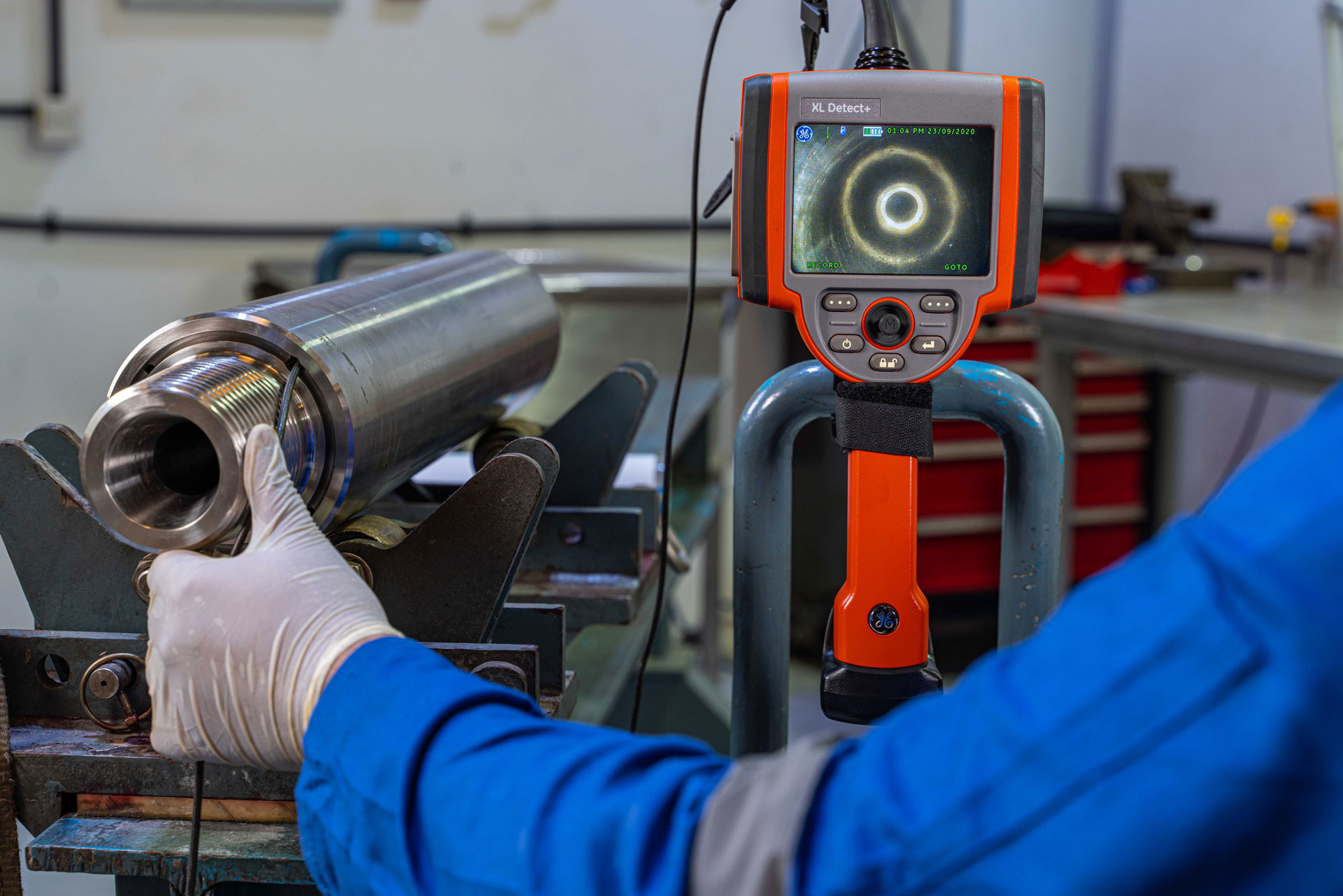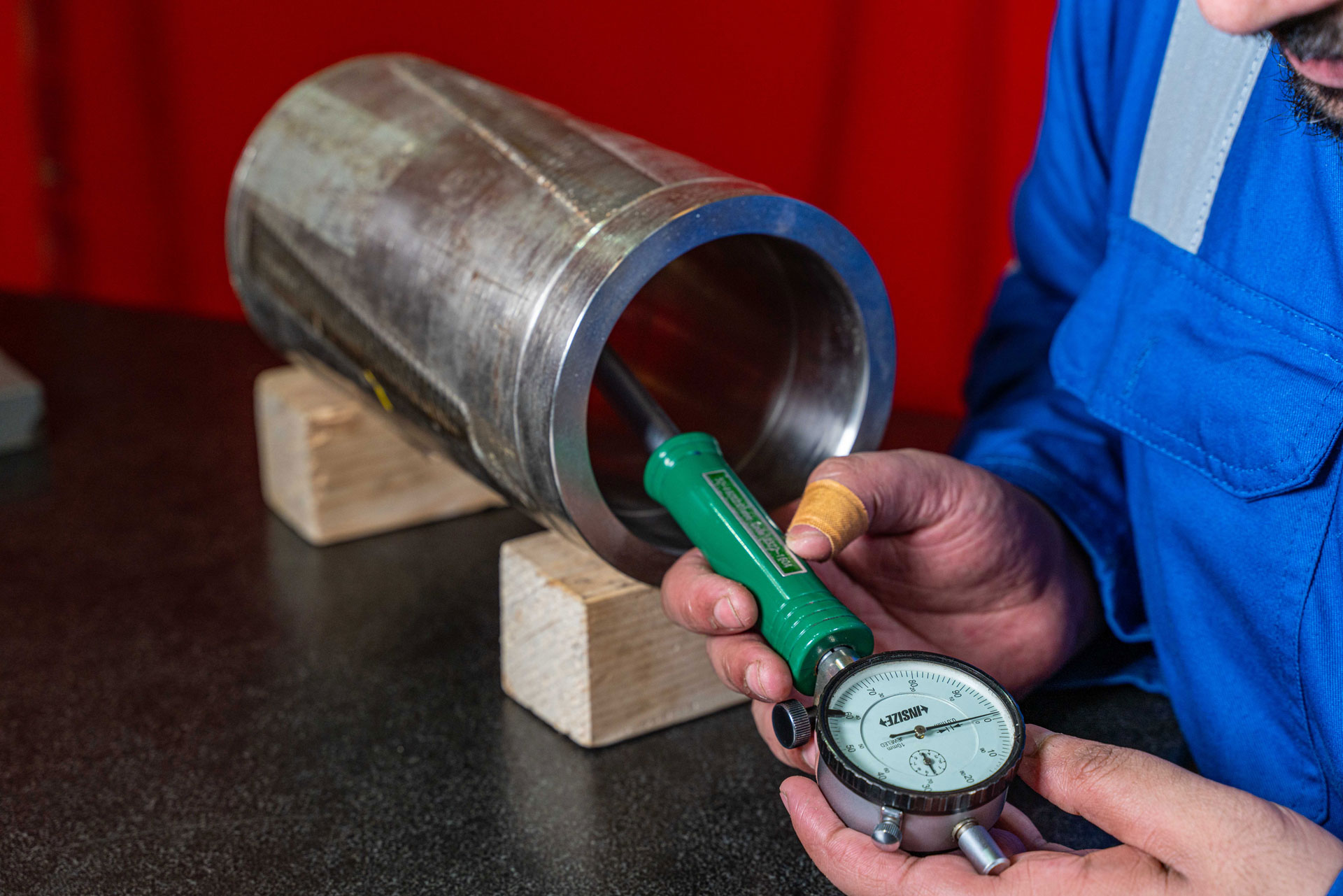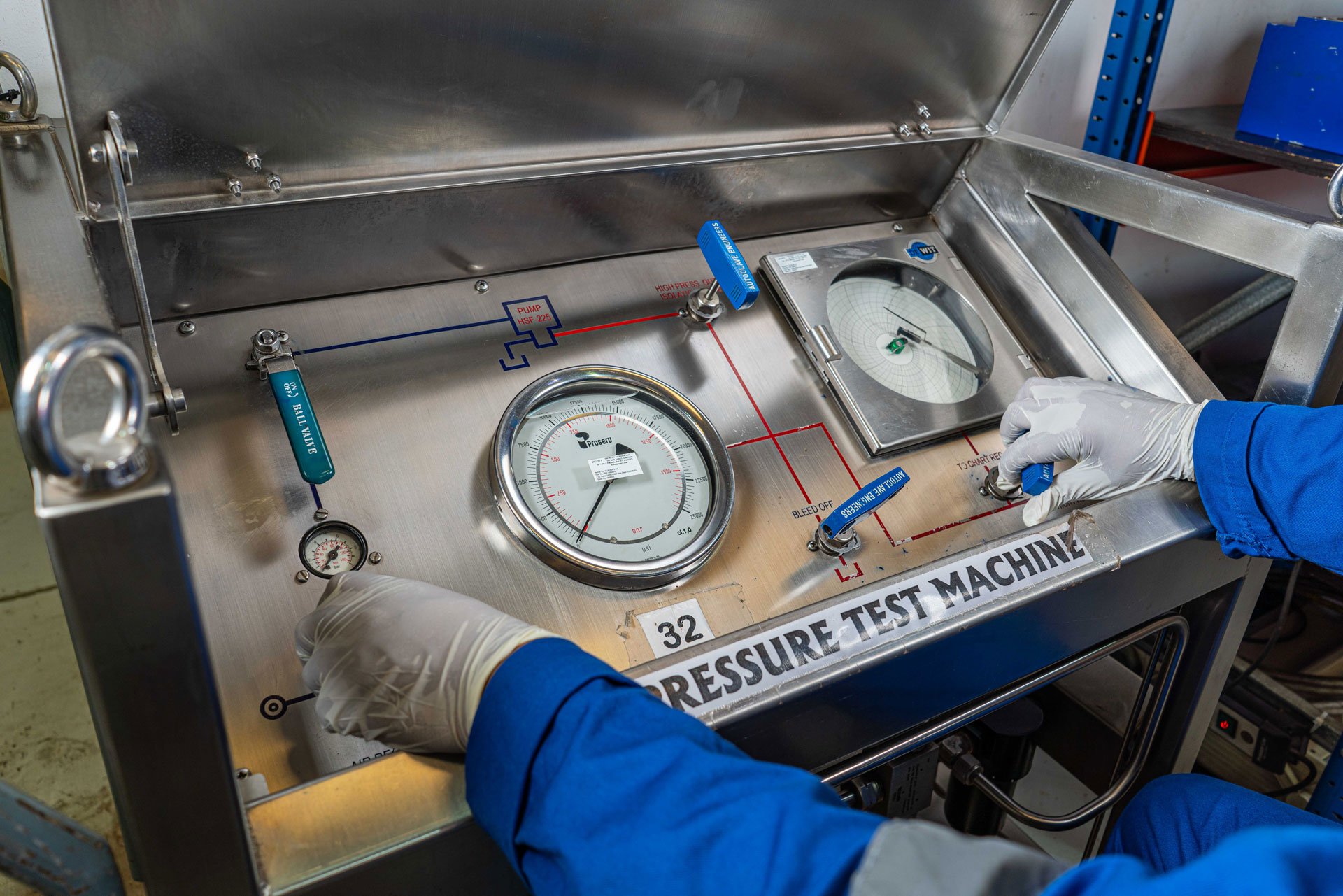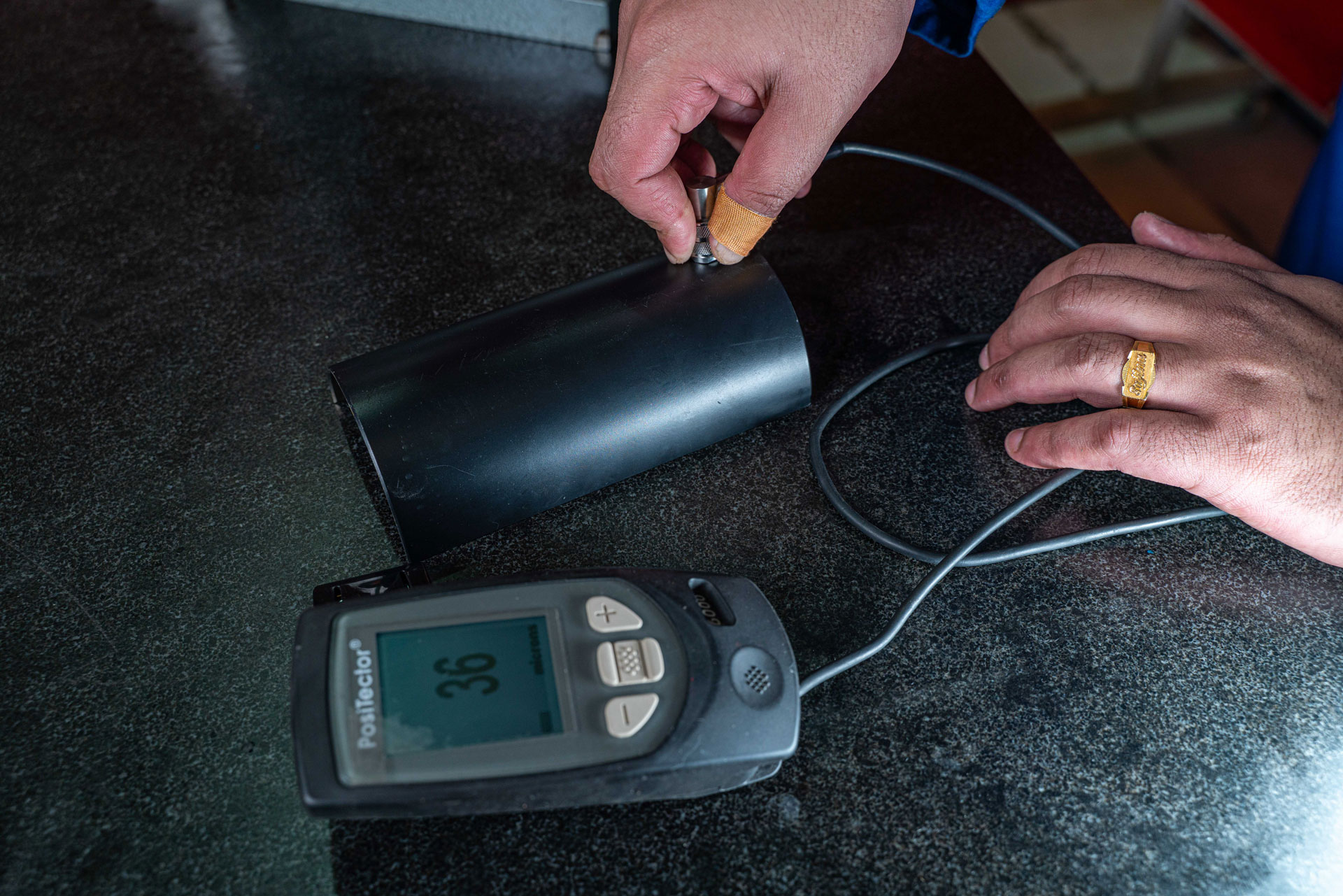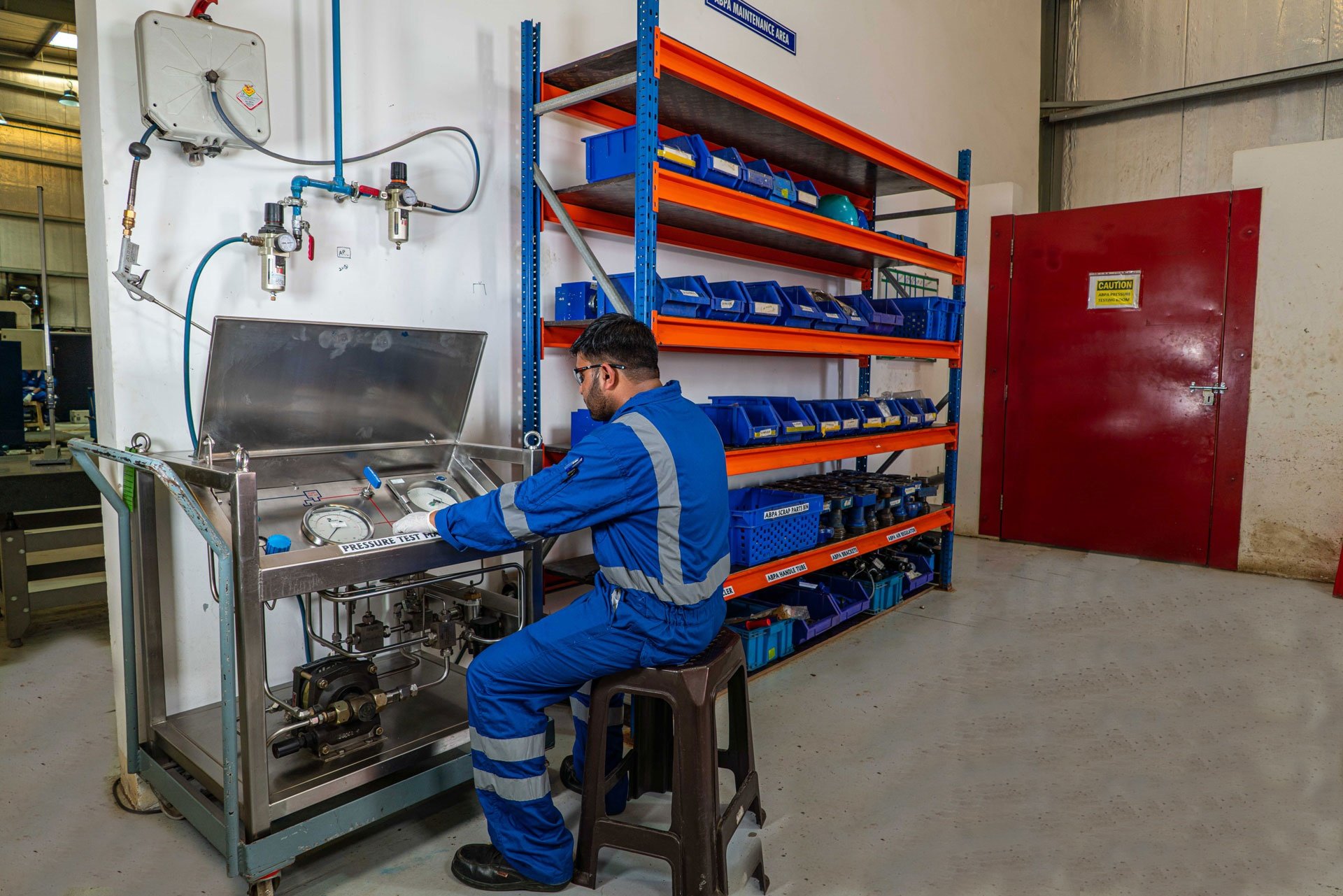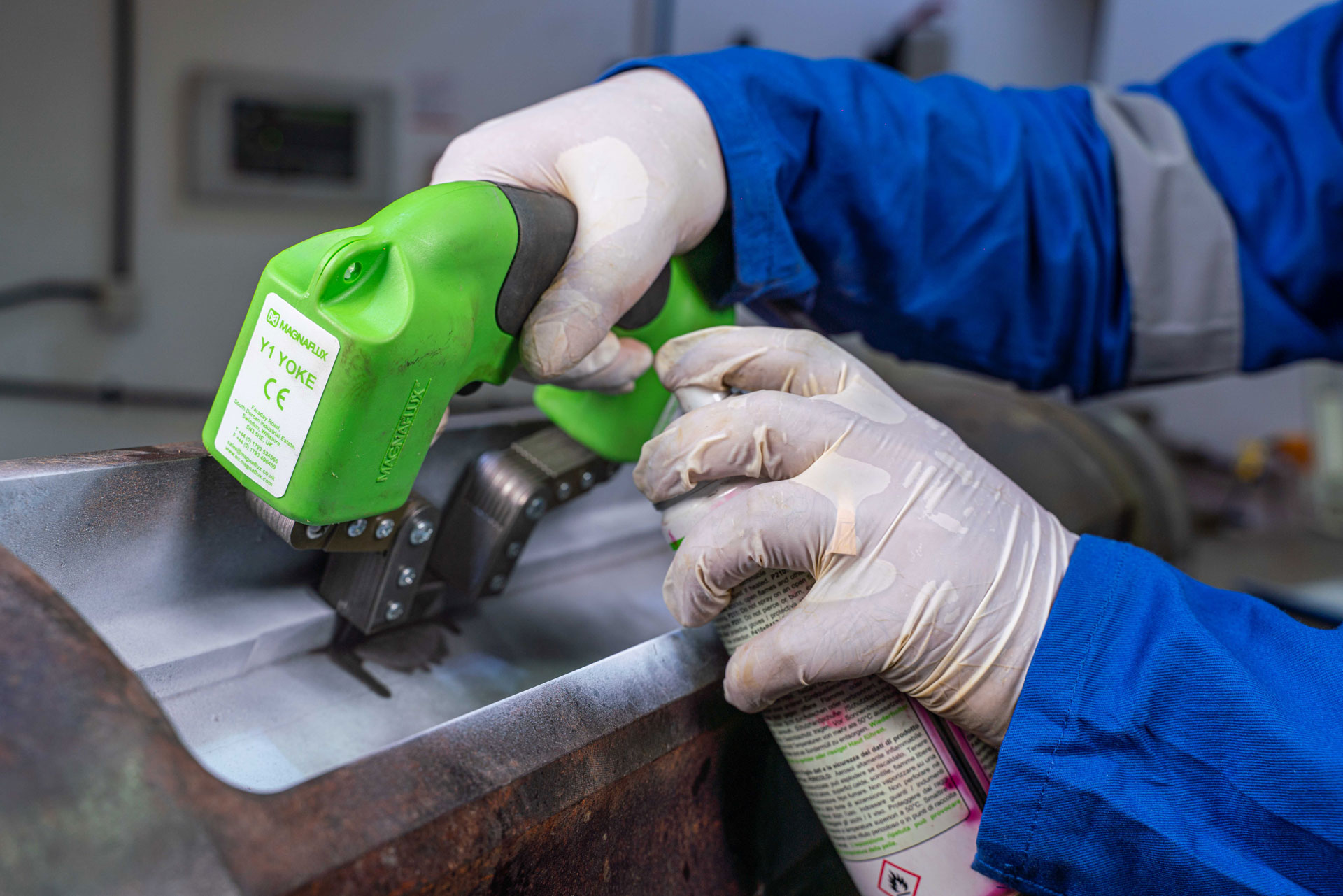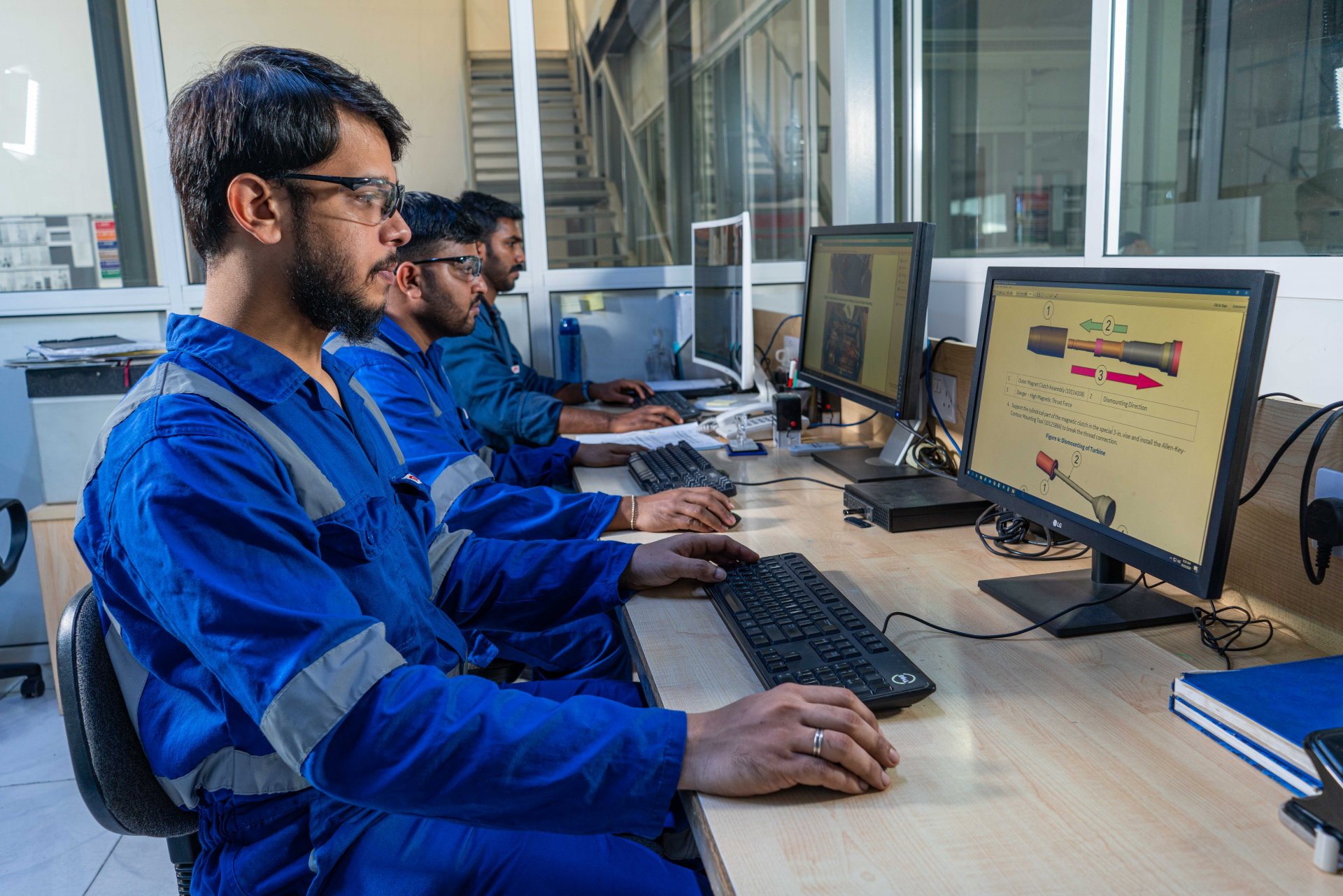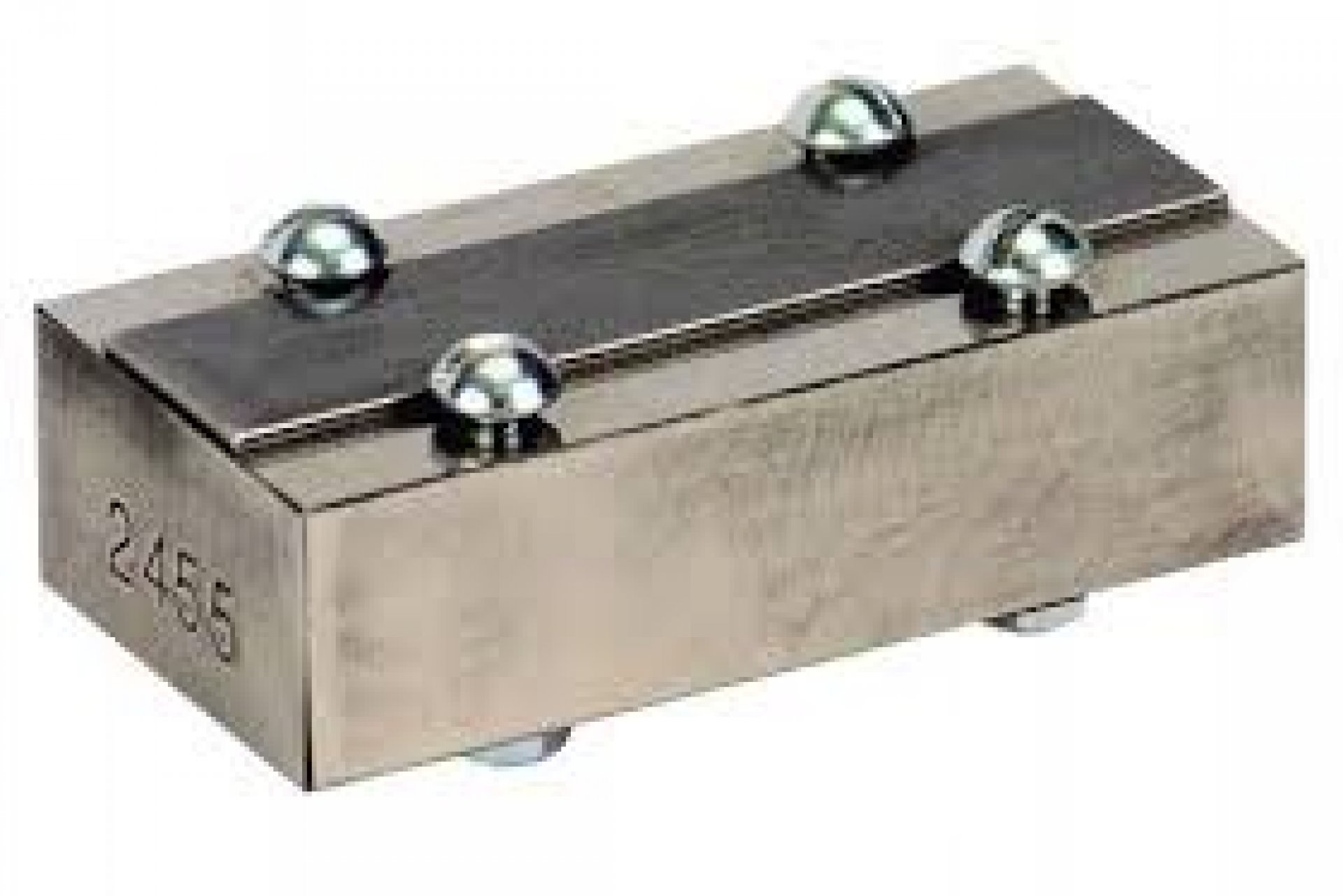INSPECTION & QUALITY CONTROL
Our highly skilled Quality Control Engineers and Inspectors inspect one to one products in the fine detail of each manufacturing process, from start to end in order to provide Quality products.
Equipped with high precision measuring equipment’s which gives very precise Inspection results to applicable International and API specification requirements.
VISUAL INSPECTION
Here, our technicians go to the offshore and onshore drilling sites fully equipped with the latest inspection tools to detect equipment flaws and defects. The process can detect improper and unstable structural installations, welding flaws, development of corrosion, and cracks.
DIMENSIONAL INSPECTION (GD & T)
Geometric Dimensioning and Tolerancing in oil and gas components can describe a reference coordinate system and three basic tolerances – limit, unilateral, and bilateral. It helps to determine the best inspection and manufacturing processes to obtain the desired outcomes. Also, to ensure the accuracy of the product features that can affect reliability and functionality.
MAGNETIC PARTICLE INSPECTION (MAGNETIC YOKE)
This inspection detects critical flaws in the ferromagnetic materials that are used in the oil and gas exploration. The procedure involves pre-cleaning of components, introducing the magnetic field, applying of magnetic media, and interpreting the magnetic particle indications. The benefits include the detection of both surface and subsurface indications, cost savings, easy to use, and the detection of tight in-service fatigue cracks on piping.
LIQUID PENETRANT INSPECTION
Also known as penetrant testing and dye penetrant testing, this nondestructive inspection uses a fluorescent & Non- fluorescent dye to detect the surface flaws on components. Working on the principle of capillary action, the process involves the moving of liquid into the narrow spaces.
HARDENESS INSPECTION
This testing process evaluates the hardness or strength of certain materials that are used in the oil and gas industry. The information provided by this process can be crucial to conducting safe and consistent operations.
INFRARED THERMOMETER
Also known as IR testing, thermal testing, thermal imaging, and IT thermometry, the technology is used in the oil and gas industry for predictive maintenance and condition monitoring.
ULTRASONIC THICKNESS INSPECTION
This inspection process is based on the propagation of waves using high frequency sound energy. It helps to detect flaws, measure thickness, and carry out dimensional measurement, among others. The inspection system comprises a transducer, display units, and a pulse receiver.
COATING THICKNESS INSPECTION
Coatings like propylene are used on oil pipelines for insulation and preventing corrosion. Propylene is a highly resilient polymer that can withstand the harsh conditions prevalent in oil and gas exploration. Since the coatings are quite expensive, their thickness needs to be monitored and controlled to prevent the wastage of a valuable material.
PRESSURE TEST 0-25000 PSI
Also known as the leak-off test, it determines the fracture pressure of any open formation like rocks. During the inspection process, fluid is poured into the bore of the well gradually to increase the pressure. At some point, the fluid enters the rock through the permeable paths present inside the rock or by fracturing it. This type of test detects the maximum pressure that can be applied during drilling.
ALMEN GAUGE INSPECTION
Almen Gage for Shot peening and bead blasting.
BORESCOPE & VISUAL INSPECTION
- Borescope, Specification – 3m cable and 4mm diameter, Make GE type USM video.
- Video Borescope for Inspection of inaccessible areas or locations or where accessibility may require destructive. A video borescope is similar to the flexible borescope but uses a miniature video camera at the end of the flexible tube. Insertion tube includes a light which makes it possible to capture video or images of discontinuities or defects.
Note: All inspections are done by certified specialists only

